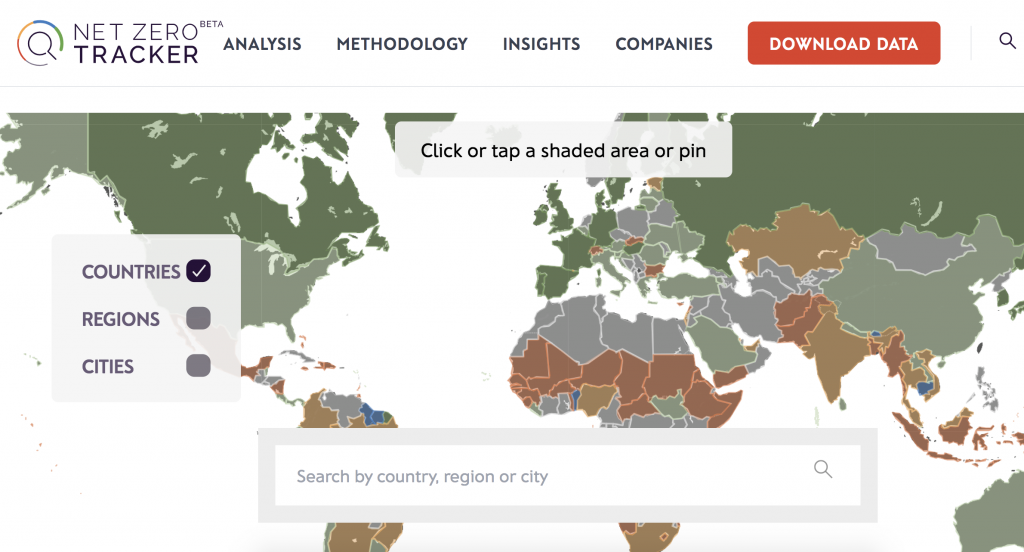Climate tech includes some similar functions to clean tech, but climate tech primarily focuses on greenhouse gas emissions.
.
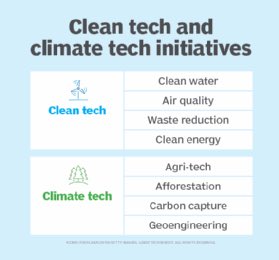
This includes removing greenhouse gases in the environment and reducing future emissions.
.
Climate tech initiatives include the following:
-
Agri-tech. Agri-tech helps mitigate greenhouse gases with initiatives such as reducing livestock manure, using less pesticides and improving crop-growing processes — for example, by using aeroponics.
-
Afforestation. To assist with carbon capture, afforestation creates new forests so that trees can reduce carbon dioxide and add oxygen to the air, reducing greenhouse gas emissions. Organizations work with the timber industry to help restore trees in degraded areas.
-
Carbon capture. The main gas contributing to climate change and global heating is carbon dioxide. Capturing carbon and preventing it from going into the environment can help mitigate the effects. Manufacturers are looking for clean energy using carbon capture technology, which takes carbon from the manufacturer, stores it, and turns it into hydrogen for power with minimal or zero greenhouse gas emissions.
-
Geoengineering. Also referred to as climate engineering, geoengineering’s goal is to alter the climate system to reduce the effects of climate change. One way to do this is to remove carbon dioxide from the atmosphere by capturing the gas and storing it below ground. Solar radiation management is another form of geoengineering that captures and reduces the sun’s rays to prevent warming the Earth.
.
What’s the difference between climate tech and clean tech?
.
Climate tech includes some similar functions to clean tech, but climate tech primarily focuses on greenhouse gas emissions. However, these emissions are only one portion of society’s effects on the environment.
.
.
What’s the difference between climate tech and clean tech?
.
—–

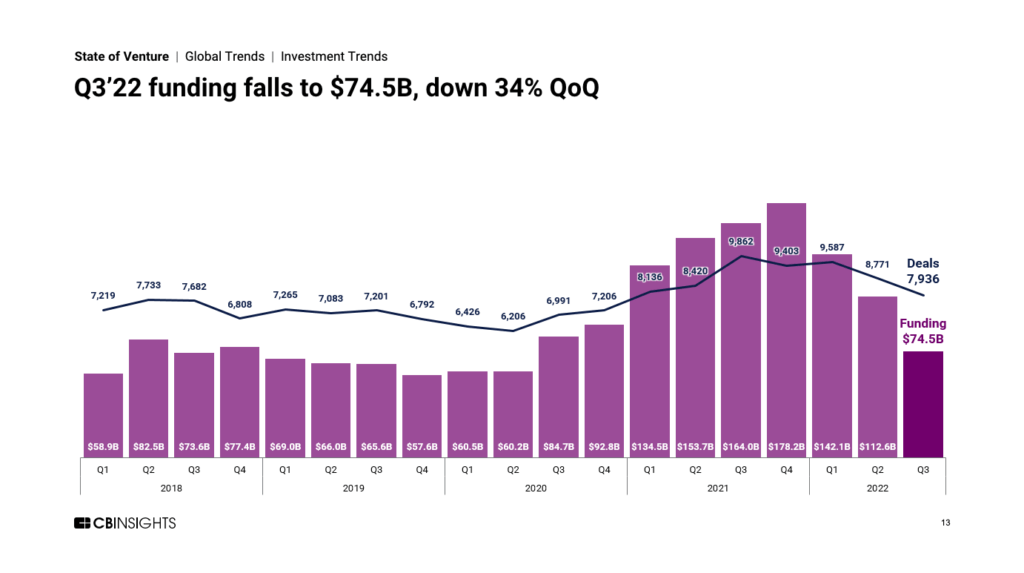
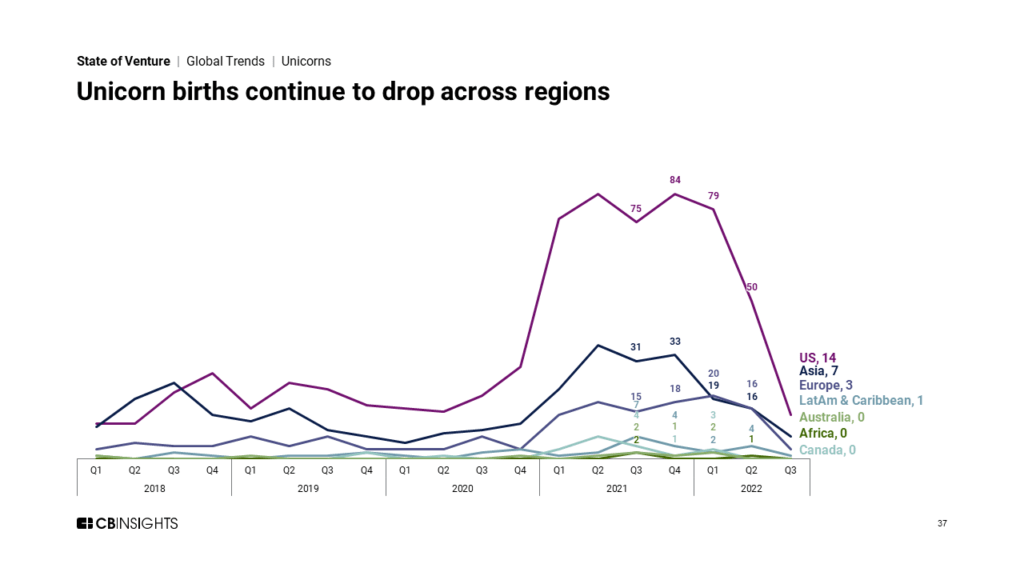
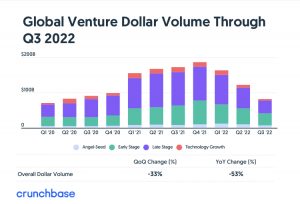

 .
.




